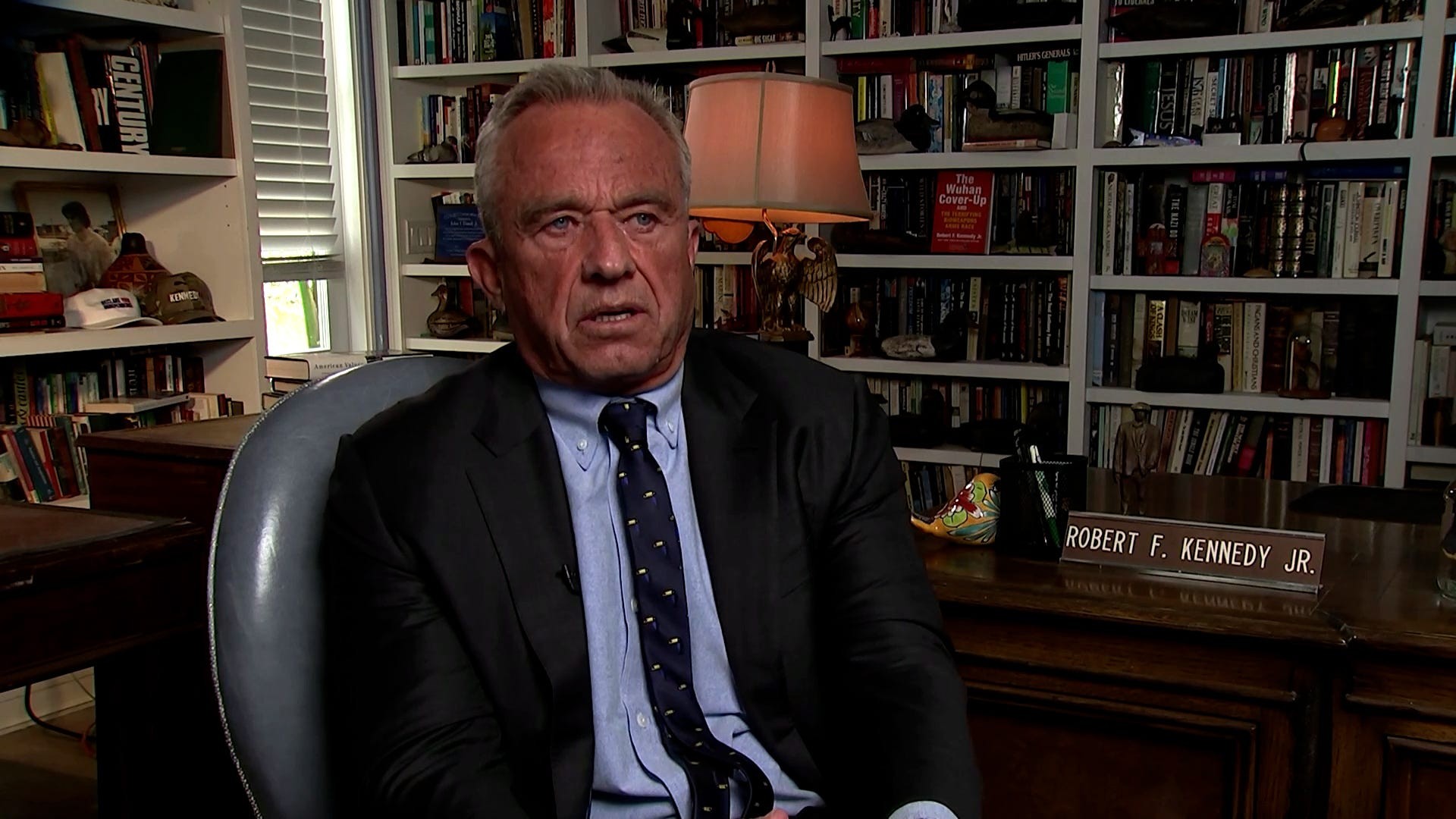Robert F. Kennedy Jr., a prominent figure in environmental activism and more recently in the political sphere, has often been recognized not just for his lineage and views, but also for his distinctive raspy voice. Many people have noticed his unique speech pattern and wondered, “Why does RFK Jr. sound like that?” The answer lies in a neurological condition called spasmodic dysphonia.
Spasmodic dysphonia is a rare, chronic neurological disorder affecting the muscles in the larynx, or voice box. This condition causes involuntary spasms of the vocal cords, which can impact speech in various ways. It’s estimated that around 50,000 people in North America live with spasmodic dysphonia, and RFK Jr. is among them. He was diagnosed in 1996, at the age of 46. As he mentioned in a news broadcast in 2023, he had a strong voice until his mid-forties, and the change led to public inquiries about his vocal quality.
Spasmodic Dysphonia: A Closer Look at the Voice Disorder
To understand why RFK Jr.’s voice sounds the way it does, it’s important to delve deeper into spasmodic dysphonia. According to the Cleveland Clinic, this condition triggers spasms in the muscles that control the vocal folds. These spasms disrupt the normal vibration of the vocal cords needed to produce clear speech.
The symptoms of spasmodic dysphonia can manifest differently. When the vocal cords spasm and tighten, the voice may sound strained, strangled, or as if the person is struggling to speak. Conversely, when the vocal cords spasm and open too much, the voice can become breathy and weak. Individuals with spasmodic dysphonia may experience fluctuations in their voice, shifting from a whisper to a strained or shaky tone, and speech may be interrupted by sudden breaks or cuts in sound.
 Robert F. Kennedy Jr. speaking with a microphone
Robert F. Kennedy Jr. speaking with a microphone
Living with Spasmodic Dysphonia: RFK Jr.’s Experience
Robert F. Kennedy Jr.’s openness about his spasmodic dysphonia has helped to raise awareness about this relatively unknown condition. His willingness to discuss his diagnosis publicly sheds light on the realities of living with a chronic voice disorder. While there is no cure for spasmodic dysphonia, there are treatments available to manage the symptoms.
Treatments for spasmodic dysphonia primarily focus on alleviating the spasms in the vocal cords. Botox injections into the vocal cord muscles are a common treatment, helping to temporarily weaken the muscles and reduce spasms. Voice therapy can also be beneficial, teaching individuals techniques to improve their voice and communication strategies. In some cases, surgical procedures like thyroplasty may be considered. However, it’s crucial to understand that spasmodic dysphonia is a long-term condition that requires ongoing management.
In conclusion, the reason why RFK Jr. sounds the way he does is due to spasmodic dysphonia, a neurological condition causing vocal cord spasms. This disorder, while chronic and without a cure, can be managed with various treatments, allowing individuals like RFK Jr. to continue to communicate effectively and engage in public life.